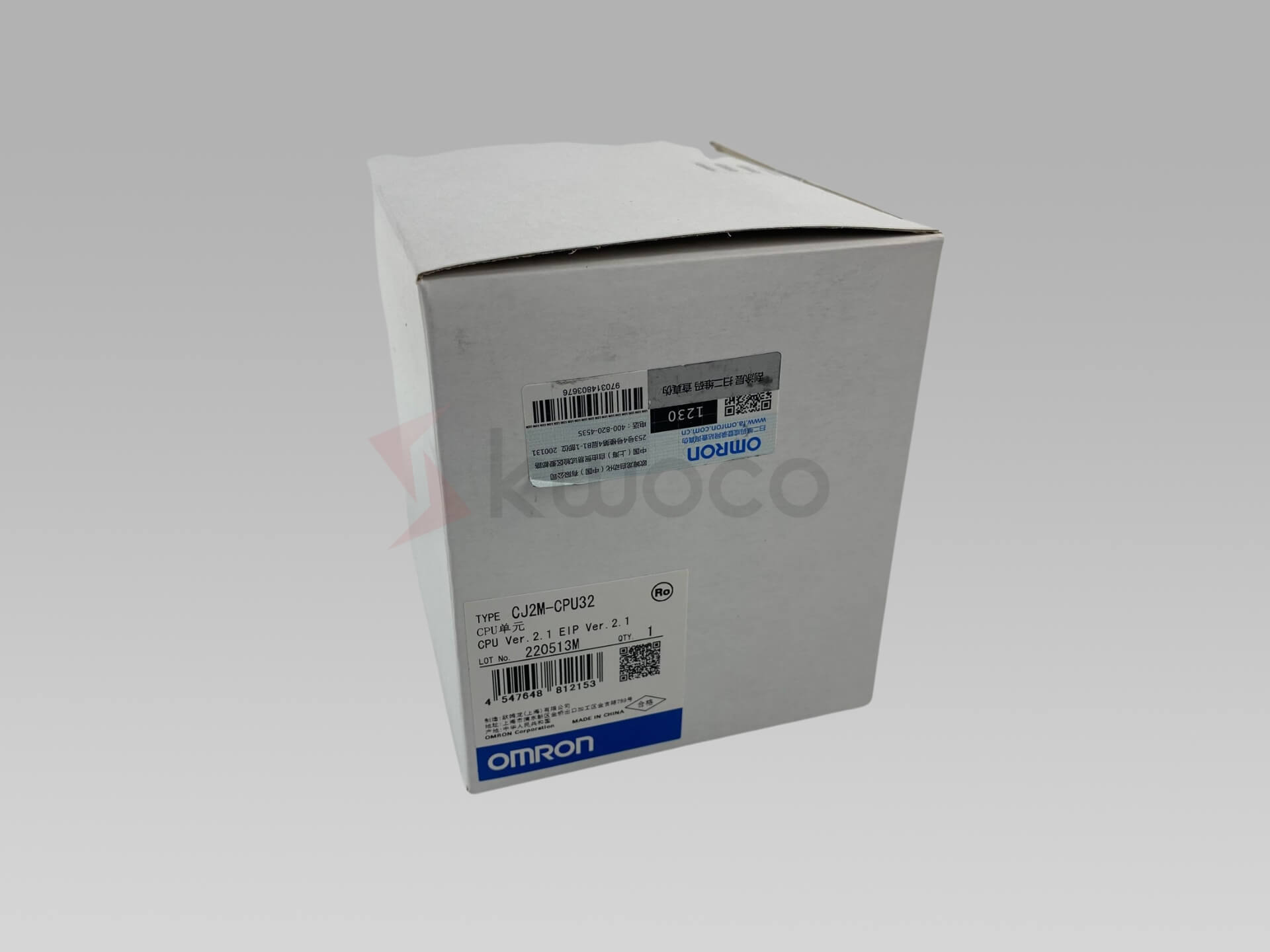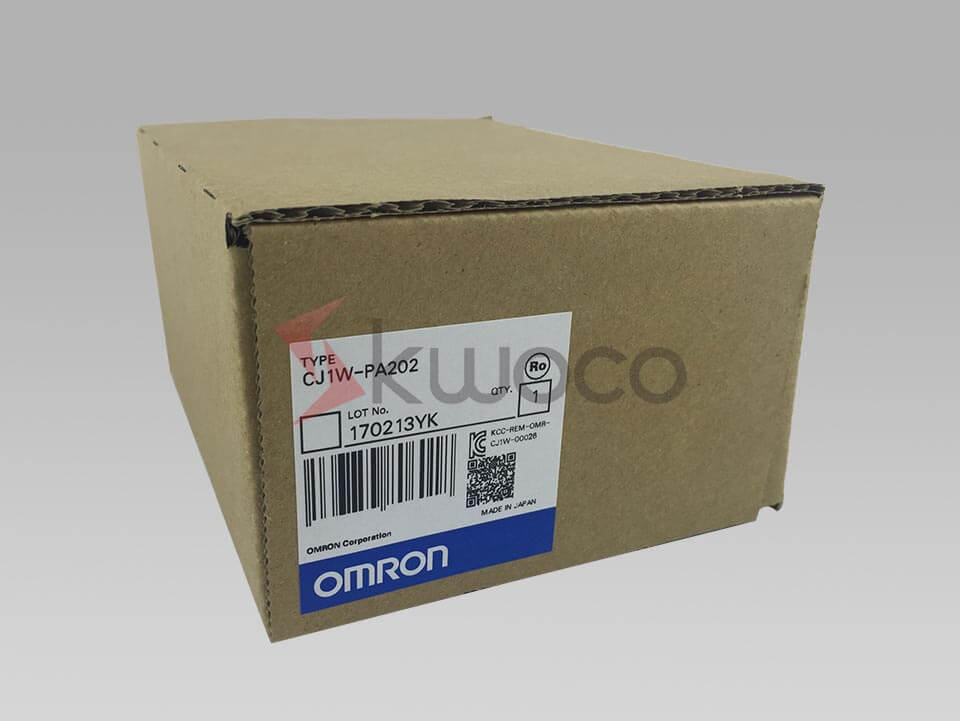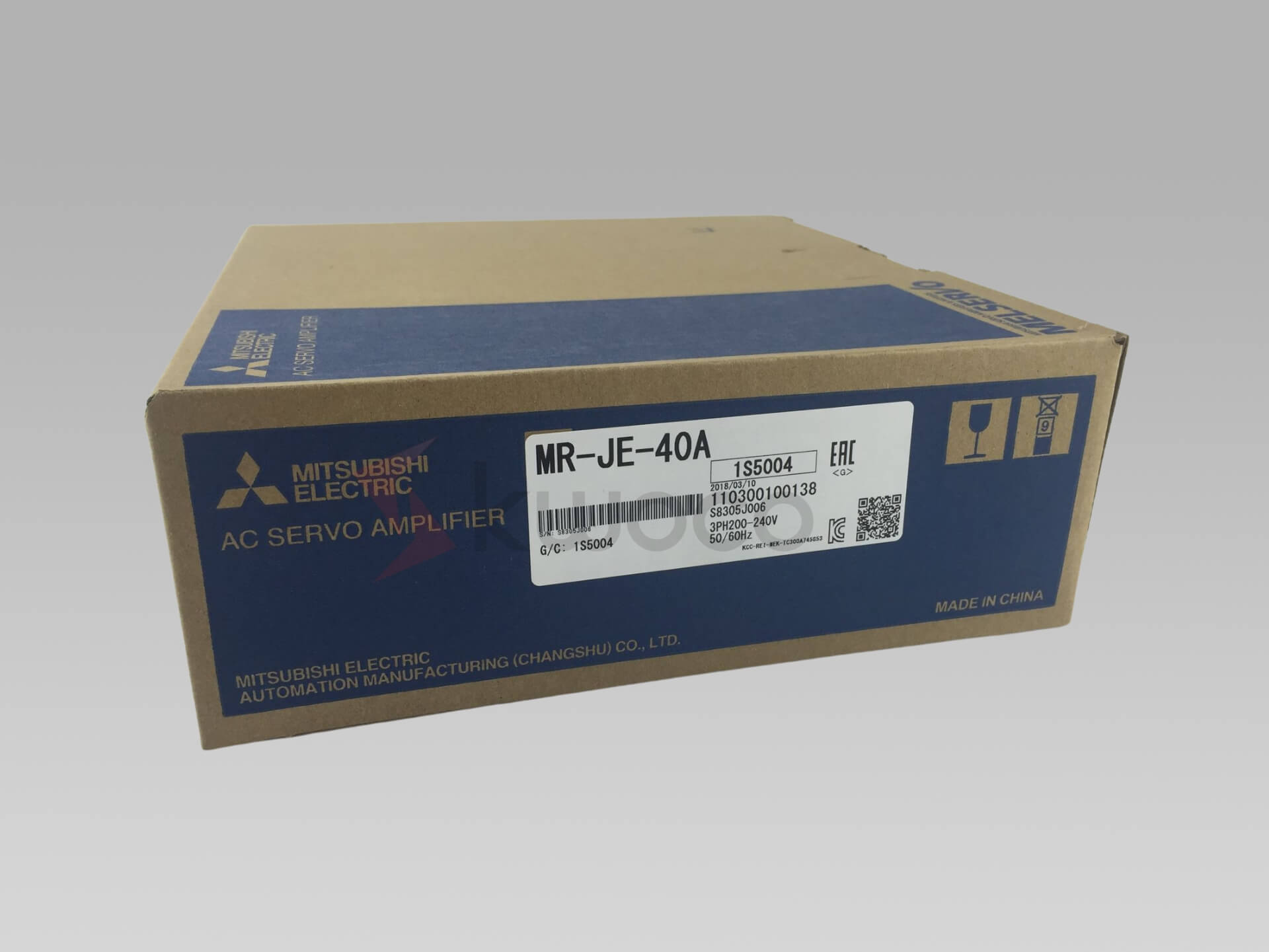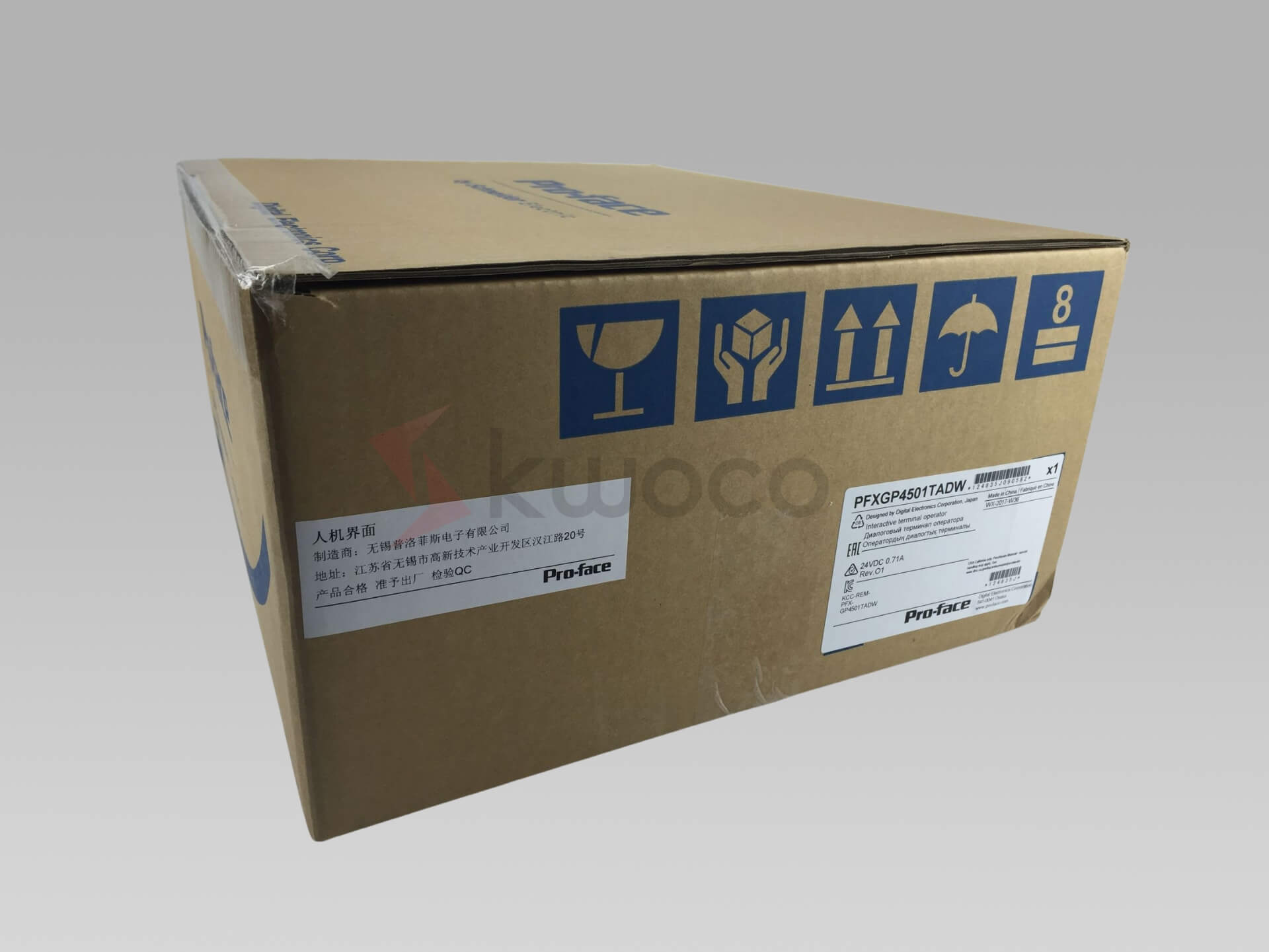Qu'est-ce qu'un contacteur magnétique et à quoi sert-il ?
Table des matières
Qu'est-ce qu'un contacteur magnétique ?
Un contacteur magnétique est un interrupteur à commande électrique utilisé pour commuter un circuit électrique. Il s'agit d'un type spécial de relais conçu pour gérer une capacité de transport de courant plus élevée. Contrairement à un simple interrupteur, un contacteur magnétique peut être commandé à distance et est capable de gérer des courants élevés.
Le contacteur est un dispositif électromécanique qui établit ou interrompt la connexion entre l'alimentation et la charge. Lorsque la bobine est alimentée, elle crée un champ magnétique qui provoque le déplacement du noyau du contacteur, fermant les contacts et permettant au courant de circuler.
Les contacteurs sont utilisés dans de nombreuses applications, depuis le contrôle des moteurs électriques jusqu'à la gestion des grandes installations d'éclairage. Ils sont essentiels dans l'automatisation industrielle, car ils offrent un moyen fiable de contrôler les circuits de haute puissance.
Leur capacité à être commandés à distance les rend idéaux pour les systèmes de contrôle complexes où le fonctionnement manuel est peu pratique ou dangereux. Les contacteurs magnétiques sont couramment utilisés dans les produits de contrôle industriels et les usines de fabrication. Ils garantissent le fonctionnement sûr et efficace des machines et des équipements.
Quels sont les différents types de contacteurs magnétiques ?
Il existe plusieurs types de contacteurs magnétiques, chacun conçu pour des applications spécifiques. L'un des types les plus courants est le contacteur magnétique CA, utilisé dans les systèmes à courant alternatif. Un autre type est le contacteur magnétique CC, qui fonctionne dans des environnements à courant continu.
Les contacteurs sont également classés en fonction de leur intensité nominale, allant de quelques ampères à des milliers d'ampères. Le choix du contacteur dépend des exigences spécifiques du système électrique.
Les types de contacteurs magnétiques comprennent les contacteurs à cadre ouvert et les contacteurs fermés. Les contacteurs à cadre ouvert sont utilisés dans des panneaux où ils sont protégés de l'environnement, tandis que les contacteurs fermés conviennent aux applications autonomes.
De plus, les contacteurs peuvent être classés en fonction du nombre de pôles qu'ils possèdent, comme les contacteurs unipolaires, bipolaires et tripolaires. Chaque type a une fonction différente et est choisi en fonction des besoins spécifiques de l'application. Par exemple, Schneider PLC utilise souvent des contacteurs spécialisés adaptés à leurs systèmes.
Quel est le principe de fonctionnement d'un contacteur magnétique ?
Le principe de fonctionnement d'un contacteur magnétique repose sur l'utilisation d'un électroaimant pour contrôler l'ouverture et la fermeture des contacts électriques. Lorsque la tension est appliquée à la bobine du contacteur, elle crée un champ magnétique. Ce champ attire le noyau mobile du contacteur, qui ferme à son tour les contacts.
Lorsque la bobine du contacteur est sous tension, les contacts se ferment, ce qui permet au courant de circuler vers la charge. Inversement, lorsque le contacteur est hors tension, le champ magnétique disparaît et les contacts s'ouvrent, interrompant le flux de courant.
Ce principe de fonctionnement du contacteur magnétique permet de contrôler à distance des circuits de forte puissance. Il permet également de protéger le circuit de commande des courants élevés du circuit de puissance.
La capacité du contacteur à ouvrir et fermer rapidement le circuit en fait un composant essentiel des systèmes de sécurité et de contrôle. Les contacteurs sont conçus pour gérer les courants d'appel élevés qui se produisent lors du démarrage des moteurs, ce qui les rend indispensables dans les environnements industriels.
Comment fonctionne un contacteur magnétique dans les applications industrielles ?
Dans les environnements industriels, un contacteur magnétique fonctionne en gérant l'alimentation électrique des machines lourdes. Lorsqu'un signal de démarrage est reçu, la bobine du contacteur est alimentée. Cela crée un champ magnétique, attirant le noyau du contacteur et fermant les contacts principaux.
Cela permet à l'électricité de circuler vers le moteur ou une autre charge, démarrant son fonctionnement. Lorsque le signal d'arrêt est donné, la bobine est mise hors tension, le champ magnétique s'effondre et les contacts s'ouvrent, ce qui arrête le flux d'électricité.
Les contacteurs magnétiques sont essentiels pour contrôler les moteurs électriques, les systèmes d'éclairage et d'autres charges à haute puissance. Ils offrent un moyen fiable de démarrer et d'arrêter les équipements, de protéger contre les surcharges et de garantir un fonctionnement sûr.
La technologie des contacteurs magnétiques s'applique à de nombreux secteurs, notamment la fabrication, le CVC et la manutention. Par exemple, dans une usine de fabrication, les contacteurs peuvent contrôler le fonctionnement des bandes transporteuses, des pompes et d'autres machines, garantissant ainsi des processus de production fluides et efficaces.
Quelles sont les principales caractéristiques des contacteurs magnétiques ?
Les contacteurs magnétiques sont dotés de diverses caractéristiques qui les rendent adaptés à différentes applications. L'une de leurs caractéristiques clés est leur capacité à gérer des courants élevés. Les contacteurs sont conçus pour commuter des courants allant de quelques ampères à des milliers d'ampères, ce qui les rend idéaux pour les applications intensives.
Une autre caractéristique importante est leur capacité à être contrôlés à distance. Cela permet aux opérateurs de gérer les équipements à distance, réduisant ainsi le risque d'accidents électriques.
Les contacteurs se caractérisent également par leur durabilité et leur fiabilité. Ils sont conçus pour résister aux environnements industriels difficiles et aux opérations de commutation fréquentes. De nombreux contacteurs disposent également de contacts auxiliaires, qui peuvent être utilisés à des fins de signalisation ou de verrouillage.
Ces contacts auxiliaires offrent des options de contrôle supplémentaires, améliorant ainsi la fonctionnalité du contacteur. Par exemple, le contact auxiliaire peut être configuré comme normalement ouvert ou normalement fermé, offrant ainsi une certaine flexibilité dans les circuits de contrôle.
Quelle est la structure d'un contacteur magnétique ?
La structure du contacteur magnétique se compose de plusieurs éléments clés. La bobine est le cœur du contacteur, responsable de la création du champ magnétique qui fait fonctionner l'appareil. Le noyau est une pièce mobile qui est attirée par la bobine lorsqu'elle est sous tension, ce qui provoque la fermeture des contacts.
Les contacts sont les éléments qui établissent ou interrompent la connexion électrique. Il existe généralement trois types de contacts dans un contacteur : les contacts de puissance, les contacts auxiliaires et les contacts de bobine.
Un autre élément important est le système de suppression d'arc. Lorsqu'un contacteur s'ouvre, un arc électrique peut se former entre les contacts. Le système de suppression d'arc permet d'éteindre rapidement cet arc, évitant ainsi d'endommager les contacts et garantissant un fonctionnement fiable.
Le boîtier du contacteur assure la protection physique et l'isolation des composants internes. Dans l'ensemble, la conception d'un contacteur magnétique est optimisée pour la durabilité, la fiabilité et la sécurité.
Quelles sont les différences entre les contacteurs et les relais ?
Les contacteurs et les relais sont tous deux des commutateurs électromécaniques, mais ils sont utilisés dans des applications différentes et ont des caractéristiques distinctes. Un contacteur est conçu pour supporter une capacité de transport de courant plus élevée qu'un relais.
Les contacteurs sont généralement utilisés dans les applications impliquant des moteurs électriques, des systèmes d'éclairage et d'autres charges à haute puissance. En revanche, les relais sont utilisés pour les applications à courant plus faible et se trouvent souvent dans les circuits de commande.
Une autre différence essentielle est la présence de fonctions de suppression d'arc dans les contacteurs. En raison des courants élevés qu'ils supportent, les contacteurs sont équipés de chambres de coupure et d'autres mécanismes permettant d'éteindre rapidement les arcs électriques.
Les relais, en revanche, ne présentent généralement pas ces caractéristiques. De plus, les contacteurs ont souvent plusieurs contacts, y compris des contacts de puissance et des contacts auxiliaires, tandis que les relais ont généralement moins de contacts. Le tableau ci-dessous résume certaines des principales différences :
| Fonctionnalité | Contacteur | Relais |
|---|---|---|
| Capacité actuelle | Élevé (ampères à milliers d'ampères) | Faible (généralement quelques ampères) |
| Application | Moteurs électriques, charges à haute puissance | Circuits de contrôle, applications à faible puissance |
| Suppression de l'arc | Oui | Non |
| Nombre de contacts | Multiple (Alimentation et auxiliaire) | Moins |
| Tension | Haute tension | Basse tension |
| Utilisation typique | Automatisation industrielle, distribution d'énergie | Commutation de signaux, panneaux de contrôle |
Comment les contacteurs magnétiques gèrent-ils la suppression de l'arc ?
La suppression de l'arc électrique est un aspect essentiel de la conception des contacteurs magnétiques. Lorsqu'un contacteur s'ouvre sous charge, un arc électrique peut se former entre les contacts.
Cet arc peut générer une chaleur importante et endommager les contacts s'il n'est pas rapidement éteint. Les contacteurs utilisent diverses méthodes pour supprimer les arcs, notamment les chambres de coupure, les soufflages magnétiques et les matériaux de contact spéciaux.
Les chambres de coupure sont des structures qui contribuent à diviser et à refroidir l'arc, ce qui permet son extinction rapide. Les soufflages magnétiques utilisent un champ magnétique pour repousser l'arc loin des contacts et dans la chambre de coupure.
Des matériaux de contact spéciaux, tels que des alliages d'argent, sont utilisés pour minimiser les effets de l'arc électrique et prolonger la durée de vie des contacts. Une suppression d'arc électrique appropriée est essentielle pour garantir le fonctionnement fiable et sûr des contacteurs dans les applications à courant élevé.
Comment fonctionnent les contacteurs dans les systèmes CA et CC ?
Les contacteurs peuvent être conçus pour fonctionner dans des systèmes à courant alternatif et à courant continu, mais il existe certaines différences dans leur conception et leur fonctionnement. Les contacteurs magnétiques à courant alternatif sont conçus pour gérer le courant alternatif, qui traverse naturellement la tension nulle plusieurs fois par seconde.
Cela permet d'éteindre l'arc lorsque les contacts s'ouvrent. Les contacteurs CA utilisent généralement un noyau laminé pour minimiser les pertes par courants de Foucault.
Les contacteurs magnétiques à courant continu, en revanche, doivent gérer un flux de courant continu qui ne passe pas naturellement par zéro. Cela rend la suppression de l'arc plus difficile. Les contacteurs à courant continu utilisent souvent des méthodes de suppression de l'arc plus robustes, telles que les soufflages magnétiques, pour garantir un fonctionnement fiable.
De plus, la conception de la bobine peut différer entre les contacteurs CA et CC afin d'optimiser les performances pour chaque type de courant. Par exemple, Automate programmable Omron les systèmes utilisent des contacteurs CA et CC en fonction des exigences de l'application.
Pourquoi choisir les solutions d'automatisation industrielle de Kwoco ?
Chez Kwoco, nous nous spécialisons dans la fourniture de solutions d'automatisation industrielle de haute qualité adaptées aux besoins des usines de machines et d'équipements, des fabricants et des entreprises de solutions d'usine.
Notre vaste gamme de produits comprend des contacteurs magnétiques, des relais, Automates programmables, IHM, onduleurs, et d'autres composants essentiels pour les systèmes de contrôle industriels. Nous comprenons le rôle essentiel que jouent les équipements fiables dans vos opérations et nous nous engageons à fournir des produits qui répondent aux normes de qualité et de performance les plus élevées.
Choisir Kwoco, c'est s'associer à une entreprise qui maîtrise parfaitement le domaine de l'automatisation industrielle. Notre équipe d'experts se consacre à vous fournir les meilleures solutions adaptées à vos besoins spécifiques.
Nous offrons un support complet, de la sélection des produits à l'installation et à la maintenance, garantissant le bon fonctionnement et l'efficacité de vos systèmes. Avec Kwoco, vous pouvez être sûr d'obtenir des produits haut de gamme et un service inégalé, soutenus par des années d'expérience et un engagement envers l'excellence.
Questions fréquemment posées
La fonction principale d'un contacteur magnétique est d'allumer et d'éteindre les circuits électriques. Il est conçu pour gérer des courants élevés et peut être commandé à distance, ce qui le rend idéal pour les applications industrielles.
Un contacteur magnétique est conçu pour une capacité de transport de courant plus élevée et comprend généralement des fonctions de suppression d'arc, tandis qu'un relais est utilisé pour des applications à courant plus faible et peut ne pas avoir de suppression d'arc.
Les principaux composants d'un contacteur magnétique comprennent la bobine, le noyau, les contacts (de puissance, auxiliaires et de bobine) et le système de suppression d'arc. Ces composants fonctionnent ensemble pour contrôler le flux d'électricité.
La suppression d'arc est importante dans les contacteurs car elle permet d'éteindre rapidement les arcs électriques qui peuvent se former lors de l'ouverture des contacts. Cela évite d'endommager les contacts et garantit un fonctionnement fiable.
Les contacteurs magnétiques sont utilisés dans un large éventail d'industries, notamment la fabrication, le CVC, la manutention et toute industrie nécessitant le contrôle de charges électriques de grande puissance. Par exemple, Mitsubishi PLC Les systèmes sont largement utilisés dans ces industries, incorporant souvent des contacteurs magnétiques.
Alimentez vos projets avec des PLC Omron, Mitsubishi, Schneider flambant neufs et originaux – en stock, prêts maintenant !
Conclusion
- Les contacteurs magnétiques sont essentiels pour contrôler les circuits électriques de haute puissance dans les environnements industriels.
- Ils sont disponibles en différents types, notamment en versions CA et CC, et sont classés par intensités nominales et configurations de pôles.
- Le principe de fonctionnement d'un contacteur magnétique consiste à utiliser un électro-aimant pour ouvrir et fermer les contacts, permettant ainsi le contrôle à distance des circuits de puissance.
- Les principales caractéristiques comprennent la gestion du courant élevé, la capacité de contrôle à distance, la durabilité et la présence de contacts auxiliaires pour des options de contrôle supplémentaires.
- Les contacteurs diffèrent des relais principalement par leur capacité de gestion du courant et leurs fonctions de suppression d'arc.
- La suppression de l’arc est essentielle pour éviter d’endommager les contacts et garantir un fonctionnement fiable.
- Choisir un fournisseur fiable comme Kwoco garantit l’accès à des produits de haute qualité et à un support expert pour vos besoins en automatisation industrielle.
N'oubliez pas que la compréhension du fonctionnement et de l'application des contacteurs magnétiques peut améliorer considérablement l'efficacité et la sécurité de vos opérations industrielles. Pour plus d'informations sur nos produits et services, n'hésitez pas à nous contacter. Contactez-nous aujourd'hui.
Contactez-nous
Remplissez simplement votre nom, votre adresse e-mail et une brève description de votre demande dans ce formulaire. Nous vous contacterons dans les 24 heures.
Catégorie de produit
Produits en vente à chaud
Ces sujets pourraient également vous intéresser
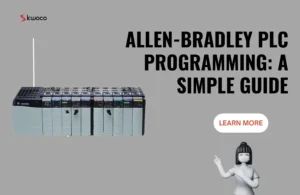
Programmation PLC Allen-Bradley : un guide simple
Programmation des API Allen-Bradley : un guide simple Frustré par la complexité de la programmation des API Allen-Bradley ? Vous n'êtes pas seul. Le processus peut
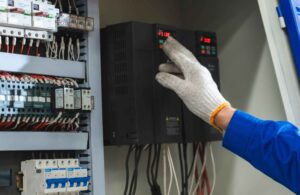
10 codes d'alarme courants des servomoteurs Omron expliqués
En tant qu'ingénieur chez Kwoco avec des années d'expérience dans l'automatisation industrielle, j'ai beaucoup travaillé avec les servo-variateurs Omron. Au fil des ans, j'ai rencontré divers codes d'alarme qui peuvent interrompre les opérations s'ils ne sont pas traités rapidement. La compréhension de ces codes est essentielle pour maintenir le bon fonctionnement des opérations et minimiser les temps d'arrêt.

Qu'est-ce que DCS ? Guide des systèmes de contrôle distribués
Les systèmes de contrôle distribués (DCS) ont révolutionné la façon dont les industries gèrent et contrôlent les processus complexes. Ce guide complet se penche sur l'architecture, les avantages et les applications des DCS, expliquant pourquoi la compréhension de cette technologie est essentielle pour l'automatisation et le contrôle industriels modernes.

